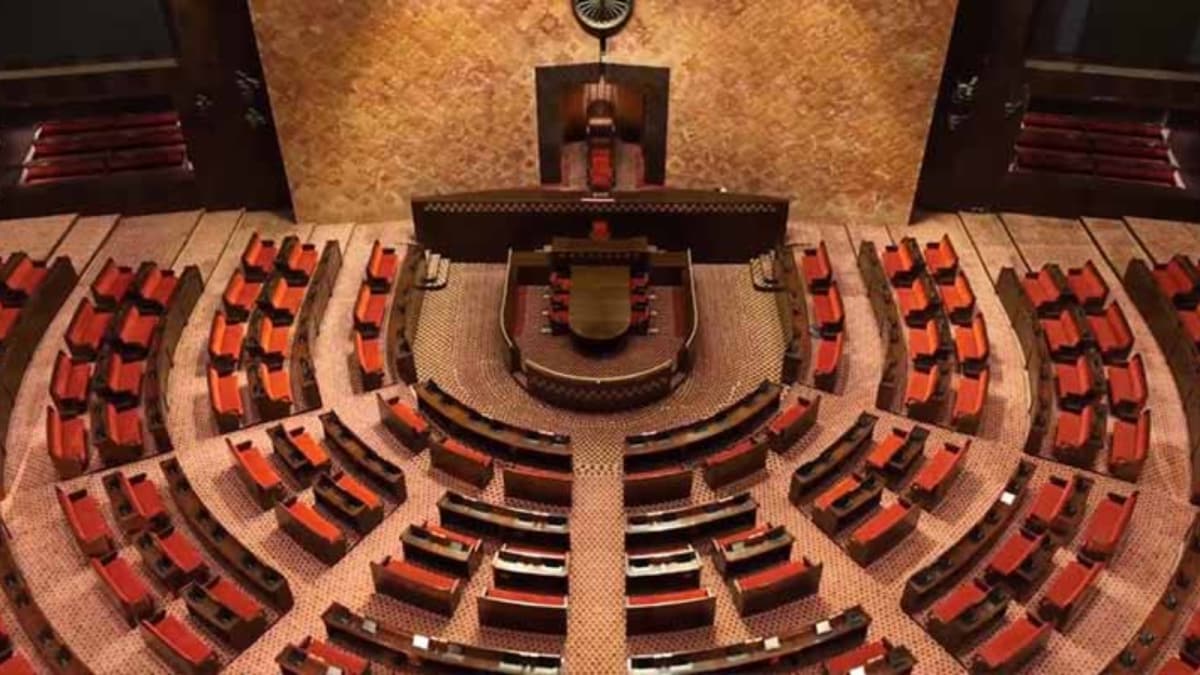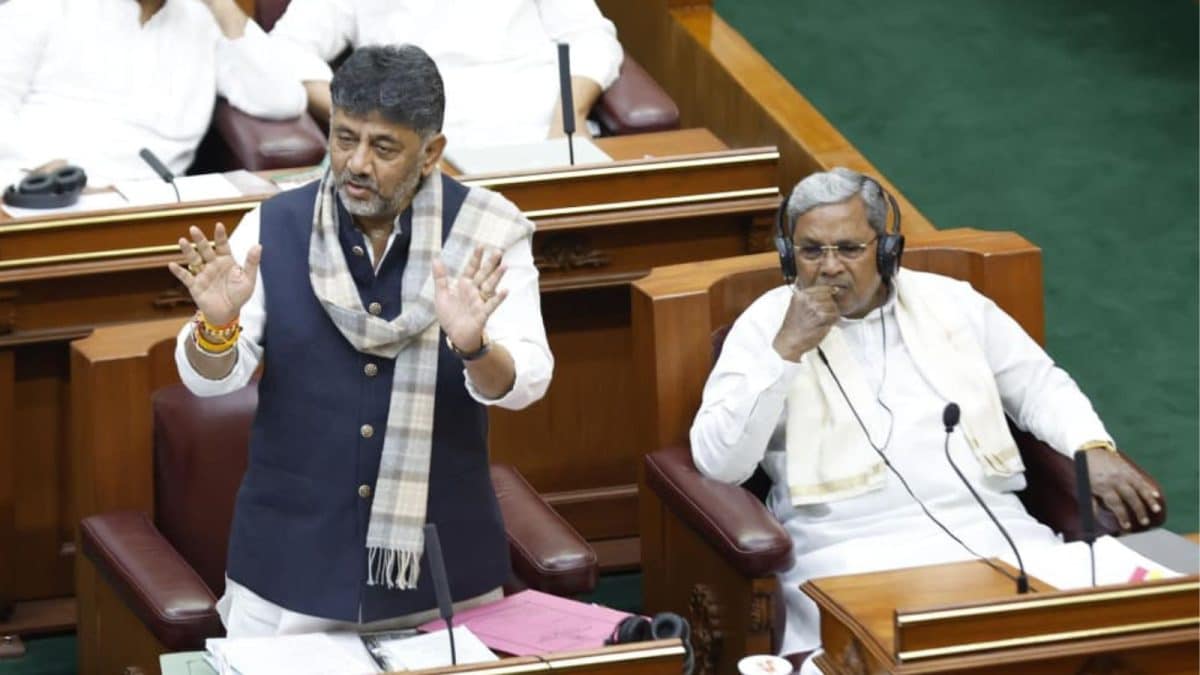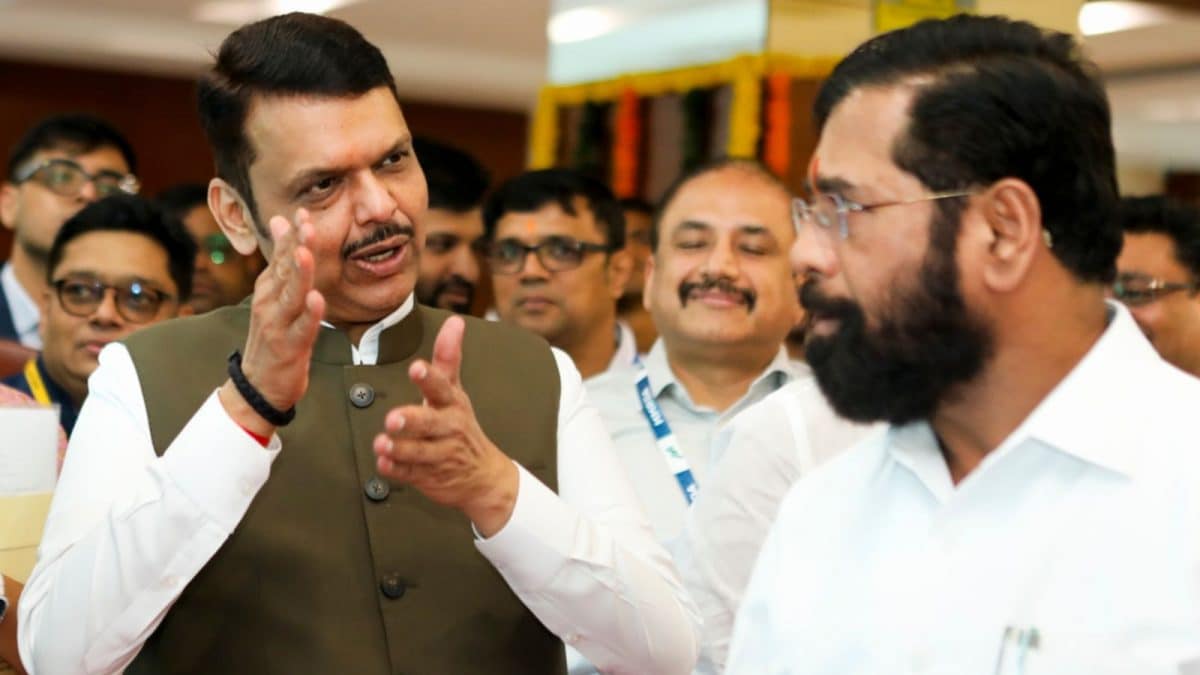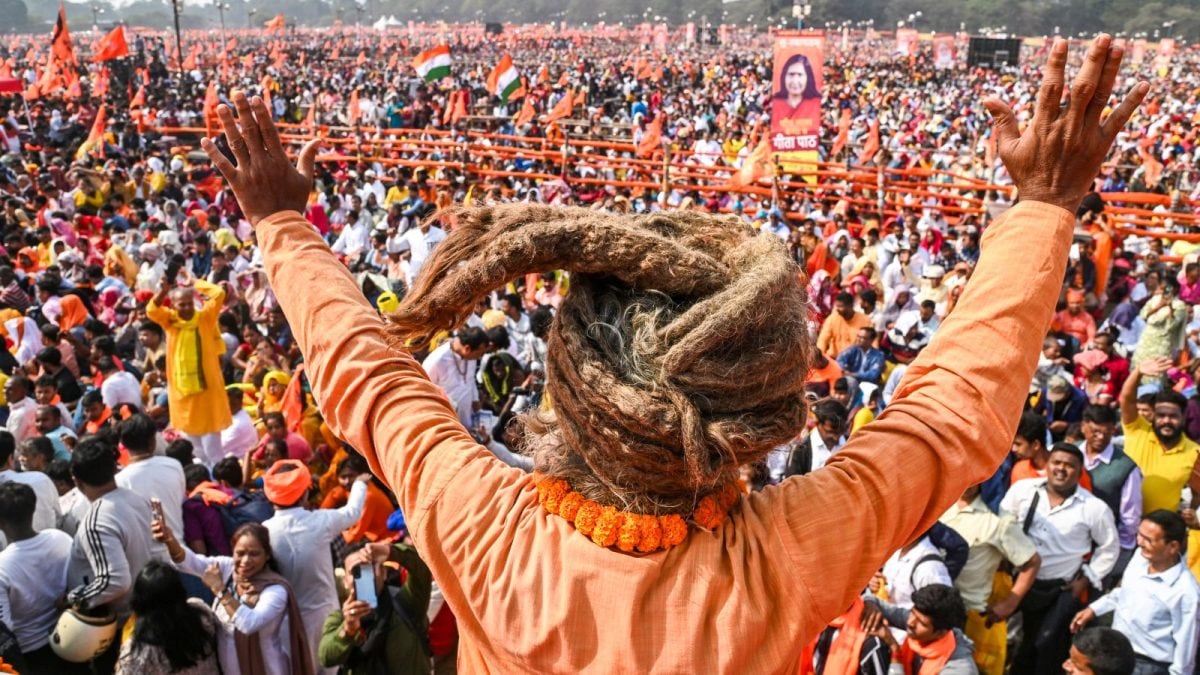Last Updated:
The current arithmetic in the J&K legislative assembly heavily favours the ruling National Conference-led alliance in the polls

The restoration of J&K’s four Rajya Sabha seats comes nearly four years after the last representatives’ terms expired. (Representational image)
The political landscape in Jammu and Kashmir witnesses a significant milestone on Friday, as the union territory conducts its first Rajya Sabha elections since its reorganisation in 2019. Four seats in the upper house of Parliament, which have been vacant since February 2021 due to the absence of a legislative assembly, are being contested. The outcome is seen as a key indicator of the current legislative strength of political parties following the recent assembly elections.
The elections, in which Members of the Legislative Assembly (MLAs) serve as the electoral college, are expected to result in a commanding performance for the ruling National Conference (NC)-led alliance. Political observers widely anticipate the NC-led coalition will secure three of the four seats, while the Bharatiya Janata Party (BJP) is poised to win the remaining one, provided their respective legislative strategies hold firm.
The current arithmetic in the 90-member J&K legislative assembly (currently with 88 voting members due to two vacancies) heavily favours the ruling alliance. The National Conference holds 41 MLAs, and the Congress has 6. With the support of other smaller parties and Independents, the total strength of the NC-led combine is estimated to be around 53. Peoples Democratic Party (PDP) chief Mehbooba Mufti too on Thursday announced support for the ruling National Conference (NC) in the Rajya Sabha polls. The BJP, the principal opposition, commands 27 MLAs. This disparity gives the NC alliance a comfortable majority for at least two seats, and its combined strength is sufficient to win a third seat through a calculated distribution of preferences in the proportional representation system.
In a move highlighting the high stakes, the NC has fielded candidates for all four seats. The BJP, despite its numerical disadvantage, has also put forward nominees for three seats, aiming to maximise its presence. The required quota of votes for a seat is approximately 18, making a win for the BJP challenging without securing support from non-aligned MLAs.
The election’s backdrop is the momentous passage of the Jammu and Kashmir Reorganisation Act, 2019, which downgraded the erstwhile state to a union territory with a legislature. The restoration of J&K’s four Rajya Sabha seats comes nearly four years after the last representatives’ terms expired, underscoring the political and constitutional transition the region has undergone. The results of this election will solidify the representation of J&K’s newly formed government in the national legislature, marking a crucial step in the post-reorganisation political era.

Pathikrit Sen Gupta is a Senior Associate Editor with News18.com and likes to cut a long story short. He writes sporadically on Politics, Sports, Global Affairs, Space, Entertainment, And Food. He trawls X via …Read More
Pathikrit Sen Gupta is a Senior Associate Editor with News18.com and likes to cut a long story short. He writes sporadically on Politics, Sports, Global Affairs, Space, Entertainment, And Food. He trawls X via … Read More
October 24, 2025, 05:26 IST
Read More







